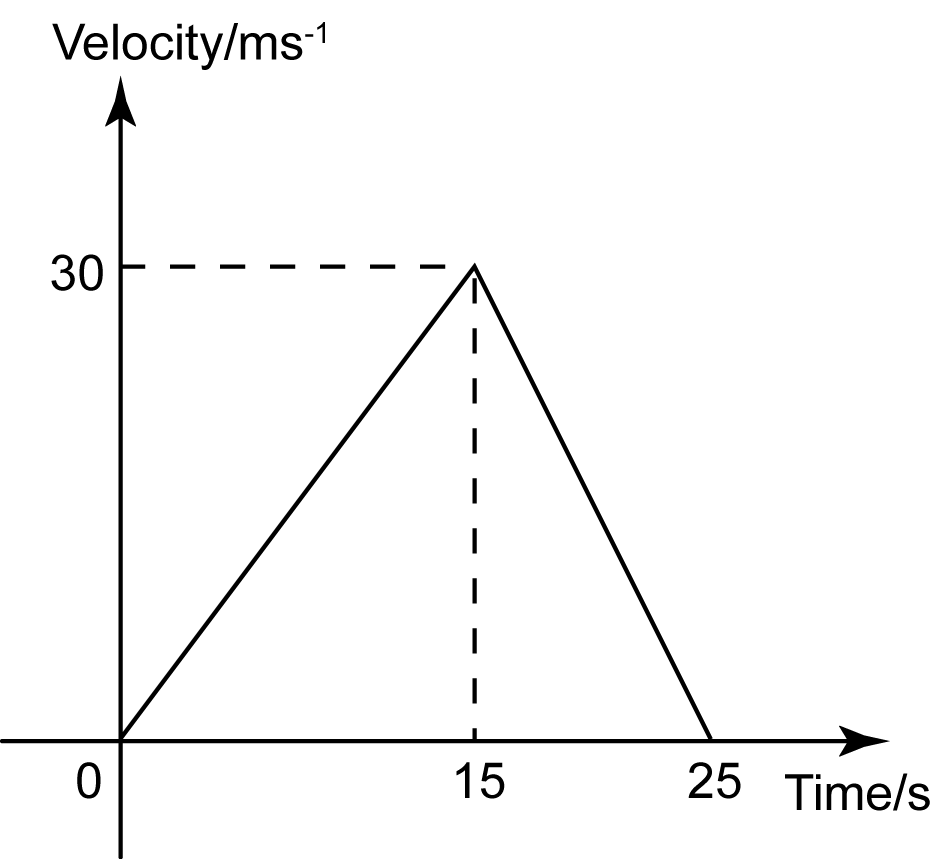How would zero velocity and nonzero acceleration be represented on a velocity-time graph?
My physics teacher did mention that with zero velocity and non-zero acceleration, the resulting motion would be "speeding up". I don't quite understand this comment as well as how to graph such motion on a velocity-time graph.
Thanks!
My physics teacher did mention that with zero velocity and non-zero acceleration, the resulting motion would be "speeding up". I don't quite understand this comment as well as how to graph such motion on a velocity-time graph.
Thanks!
1 Answer
Dec 30, 2016
Zero velocity and nonzero acceleration are two different cases.
Explanation:
- An object having zero velocity implies that it is stationary at a particular location. If we plot it on a velocity-time graph which represents velocity on the
#y# -axis and time on the#x# -axis, it is represented by#x# -axis
Value of#y# (velocity), is#0# for all values of#x# (time).
graph{y=0x [-2, 27.49, -2, 9.49]}
Represented by blue line in the figure above. - Nonzero acceleration, assuming it is constant. It could be either positive or negative. The general kinematic equation representing such a motion is
#v=u+at#
#v# is final velocity after time#t# ,#a# is the acceleration and#u# is the initial velocity.
Compare it with the equation of a straight line in the slope-intercept form
#y=mx+c#
We see that slope of the line represents acceleration.

As shown in the figure above, positive slope represents acceleration, (speeding up) from
Slope is negative from
